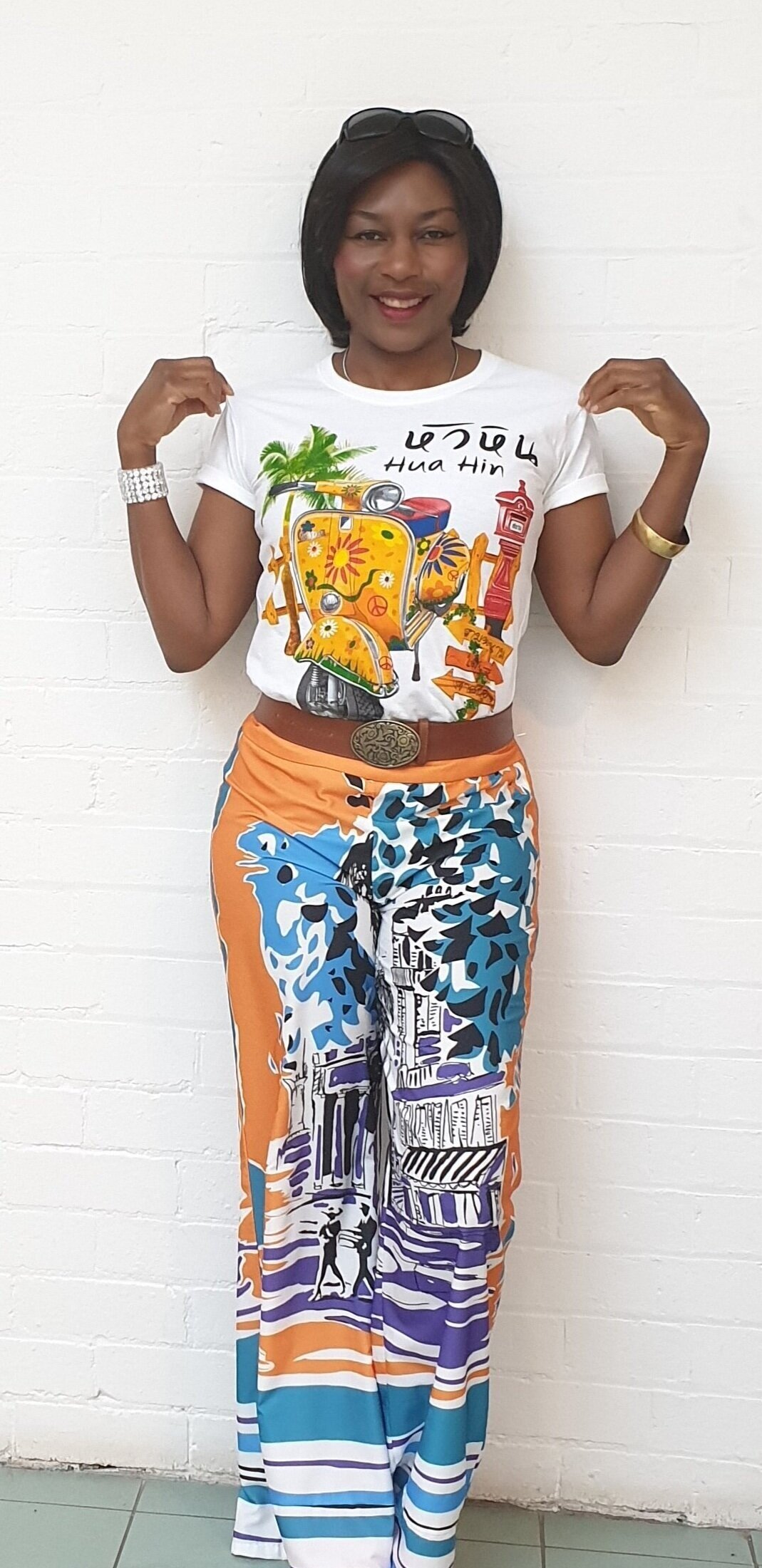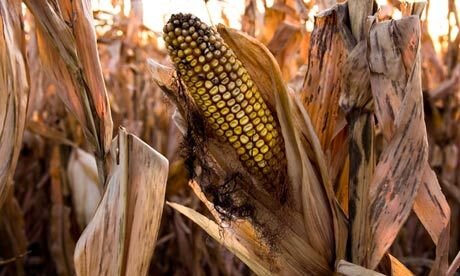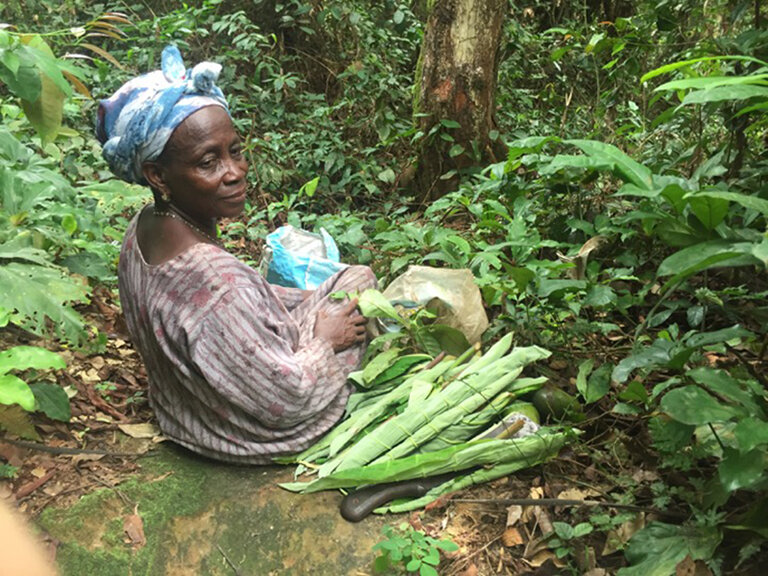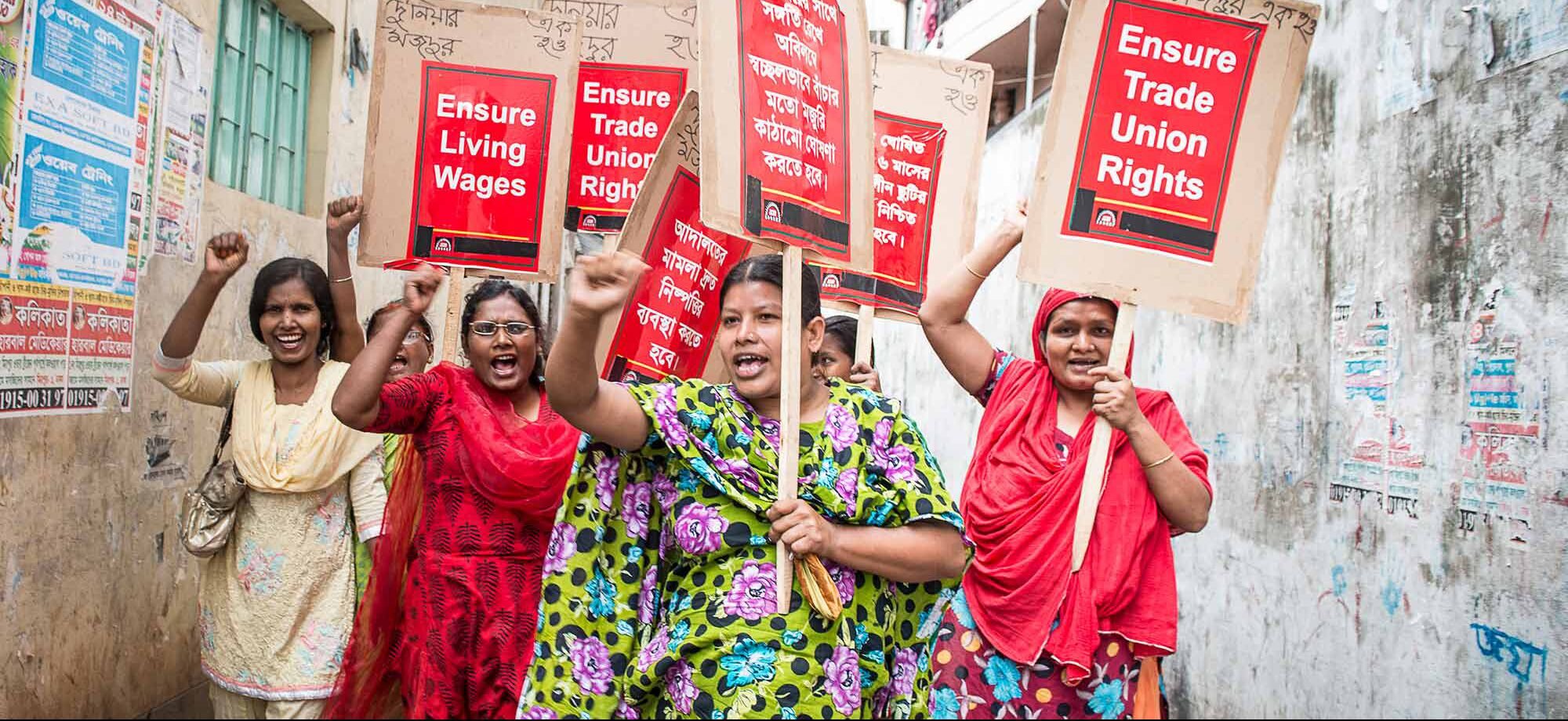It’s now common knowledge that the fashion industry is not only one of the most polluting industries in the world, but it’s also laden with a lot of social injustice issues such as systemic poverty, unfair wages and lives being lost due to manufacturing. Through the efforts of activists, ethical brands and organisations like Fashion Revolution, Wardrobe Crisis, Ellen Macarthur Foundation and Eco-Age, many people are demanding ethical standards from the brands who make our clothes. However, for a more thorough and holistic shift in these issues, we need the involvement of governments, particularly where laws are concerned.
I wonder at what point in our modern history we degenerated into thinking human life was so worthless. When did it become okay to place profits and economic growth over human lives under the guise of progress? Or has this notion altogether been slyly omitted from the era of modernity and civilisation? Earlier this year the Regional Comprehensive Economic Partnership (RCEP) trade agreement came to my attention through AFTINET (Australian Fair Trade & Investment Network) and a human rights campaign created by ActionAid Australia called #TransformTradeForWomen. RCEP is a trade agreement potentially in its last leg of negotiations. If signed in its current state, it will have laws that in essence, trade corporate profits over human rights and the environment. Sadly, this notion of profit over people and planet appears to be a fundamental principle driving much of the top-level decision-making in many governments and business corporations.
Free trade agreements (FTAs) are international treaties between two or more nations that set the rules regarding trade and investment. FTAs reduce barriers to trade by giving more rights to corporations and reducing tax on imports for example. Through giving more rights to multinational corporations as an incentive to trade, they can create access to new markets for businesses in a nation and increased opportunities for foreign investment in that country. The idea is to boost economic growth of member nations. However, it’s quickly becoming a well-known fact that FTAs are rigged in favour of multinational corporations. These agreements are increasingly becoming booby trapped with policies that heavily impact lives and rights of workers, especially women. RCEP is a massive free trade agreement between 16 member states that collectively make up nearly half of the world’s population. They include Australia, New Zealand and fourteen Asian nations, including the ten ASEAN member states. This agreement will have huge socio-economic ramifications on low-income countries – the workers, women and of course the garment workers. Therefore, if this deal goes through in the present form, it’ll boost the power of multinational corporations, to operate in ways that further damage the environment and human rights.
Whenever there’s a disaster of some kind, economic downturn or similar circumstance, women are always hit the hardest. About 80% of garment workers in the world are women. Because a significant portion of garments is made in some of the RCEP nations, the agreement can potentially have a lasting impact on the outcome of sustainability in the fashion industry (and other industries too). As FTAs are covertly designed to profit corporations at the expense of everyday people, the matter is systemically linked to women’s rights, gender equality and poverty. Therefore, signing a trade agreement with such a broad-stroke impact under these circumstances amounts to an act of brinkmanship.
According to information gathered by AFTINET, these are some of the ramifications of FTAs and RCEP:
1. The threat to women’s access to decent jobs
Trade agreements encourage multinational companies to manufacture in sectors like clothing by driving down wages and undermining worker’s rights. This is partially because normal labour rights and standards may not apply within designated “special economic zones”, drafted in some trade deals. RCEP will make provisions for corporations to employ and pay women unfair, low wages. It will validate corporations employing women in poor, sometimes unsafe working conditions. This is already a huge problem in low-income states; therefore, it will make it harder to find solutions to end exploitation and eradicate poverty cycles. Ultimately, it would make it even harder for female garment workers to find some form of self-empowerment.
2. Temporary migrant workers could face increased exploitation
Temporary migration can be an avenue for women from low-income countries to make higher incomes, however, the reality is that these women often end up being exploited in poorly paid sectors.
3. Environment and climate change
FTAs can propel climate damage and threaten action on climate change. By inciting companies to take their manufacturing and polluting operations to nations with lower environmental safeguards, FTAs can contribute to climate change and other environmental issues. They also place barriers on the ability of governments to respond to climate change, which is unjustly impacting women around the world.
Some FTAs have a clause called the ‘Investor State Dispute Settlement’ (ISDS), which is a policy designed to give multinational corporations the impetus to sue governments if they feel a change in national law or policy will reduce their profits. For example, raising the minimum wage or laws to reduce carbon pollution. In other words, corporations can sue governments over laws that protect women’s rights over profits. Many cases presently being deliberated under trade deals include mining companies suing governments because of foregone profits from environmental regulations.
UN specialists have contributed to this theory, noting that the fear of being sued means governments are less inclined to pass laws that are crucial for people and planet. As of mid-September 2019, RCEP has excluded the ISDS clause from the deal.
4. E-Commerce inequality
In an article written in The Interpreter, Rahul Nath Choudhury has voiced concern from the perspective of most developing countries about the inclusion of e-commerce within FTAs. Some feel that it’s a covert method of using international rules that favour big tech corporations from developed countries to exclude developing countries from the digital economy.
5. Access to public services like healthcare and education.
FTAs in general need tariffs to be reduced, which in turn minimises government revenue available for public services like healthcare, transport, and education which are a critical part of ensuring that women’s basic needs are met. By doing this they disable gender equality.
Healthcare – Amongst other health matters, AFTINET Convener, Dr Pat Ranald expressed concern over RCEP proposals for long-term monopolies on medicines that would delay the ability of affordable, generic medicines to be made available in developing countries.
Education - The lack of access to education for women and girls has a huge domino effect on so many things. It makes them more vulnerable to things like modern slavery, early childhood marriages, trafficking, etc.
Women make up more than half of the world’s population. And one can even say, that, that in itself equates to an enormous pool of resource and potential. UN Women has said, “Increasing women’s and girls’ educational attainment contributes to women’s economic empowerment and more inclusive economic growth.” Educating women and girls is the key to solving so many of the world’s problems. It means they’ll have opportunities to participate, contribute and have more leadership opportunities. And when it comes to issues like economic growth, empowering half of the population seems like a very long-term strategy for ensuring continued economic growth. So, when you look at it from that angle, it’s not practical to allow women to be disempowered in these ways. It really makes no sense at all to ignore the rights of women, particularly at the top level-decision-making. It affects economic development, politics, social development and the GDP. Billions of dollars of development and growth are lost from denying women access to education and from disempowering them. This is a fundamental pathway to creating positive change in the world. When women are empowered, the entire family, community and nation benefits. Which means the world benefits.
Just as women in the global north experience pay gaps, inequality, harassment and discrimination, women in low-income countries experience these injustices to a much higher degree. So, I believe that Western people being in a position of higher privilege, have the power to shift circumstances towards positive change, not only for garment workers but women in general.
FTAs can be a great way to systemise women’s rights. We have agency to use agreements like RCEP to change circumstances that will have huge ramifications on half of the globe in regard to women’s lives, communities and future generations. This is crucial not only for economic development but for progression in areas of politics, wellbeing, health, science and climate action. It will be on point for us to have RCEP amended to include the rights of women. And furthermore, using the gravitas of such an agreement, make it the standard for all future trade agreements to have women’s rights as a fundamental requirement before the drafting process even begins.
This is not just a women’s fight for women, it’s a people’s fight for the progression of humanity. And we hope that governments can see the value in it as well.
AFTINET - To stay up-to-date with developments on RCEP, follow AFTINET here.
ActionAid Australia - To learn more and support #TransformTradeForWomen, sign ActionAid’s RCEP petition here. You can also do the following:
Look into joining your local activist group and find out how you can get involved with a campaign in your community.
Watch their events page to find out if there is a campaign event happening near you.
Donate to help power the campaign and make sure they have the resources to run hard-hitting stunts, grow public support across Australia, and use creative tactics to target key decision-makers.
Follow ActionAid on Facebook, Instagram and Twitter to make sure you’re first to hear all the latest ways to take action on a campaign.
Dr Patricia Ranald, Convenor of AFTINET will be speaking at The True Cost Movie screening event organised by ActionAid Australia on October 30th. Find tickets here.
- Nina Gbor
Sources: http://aftinet.org.au/cms/Regional-Comprehensive-Economic-Partnership-RCEP https://actionaid.org.au/actions/rcep-petition/











